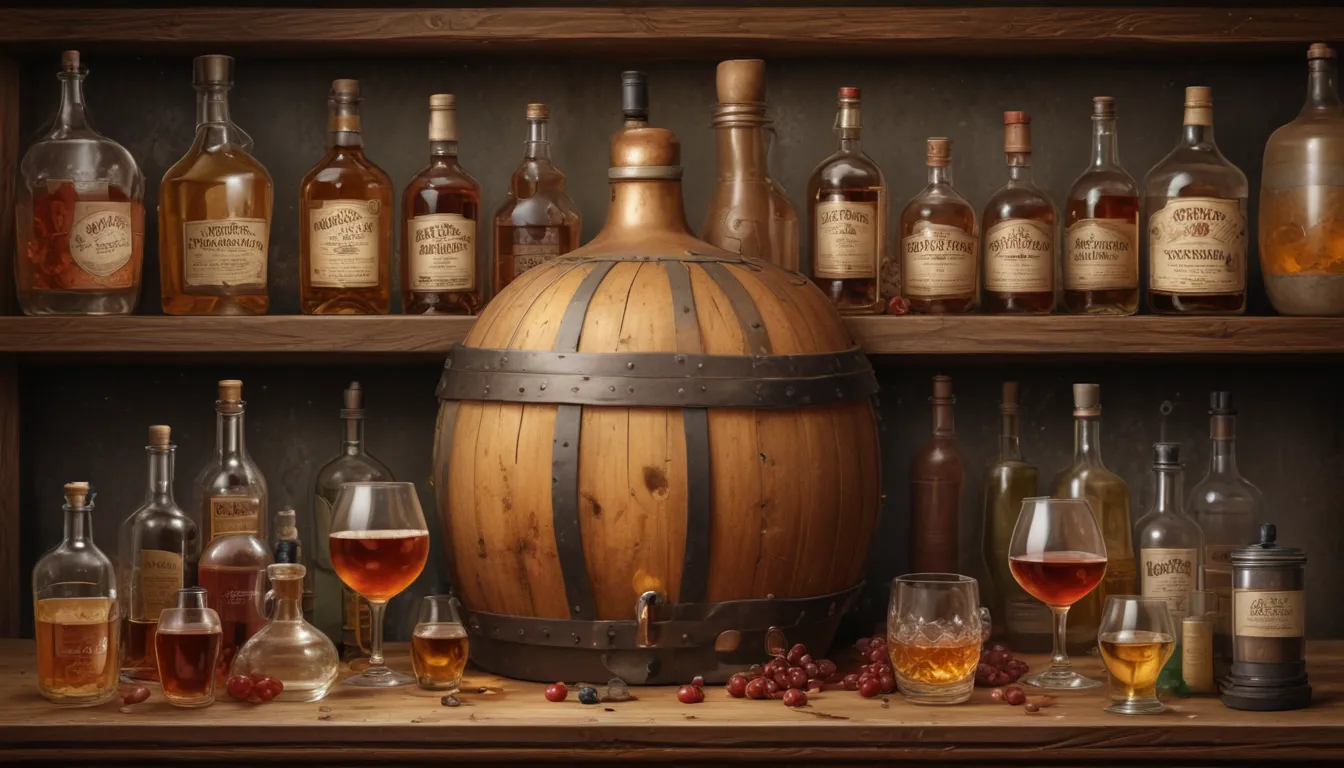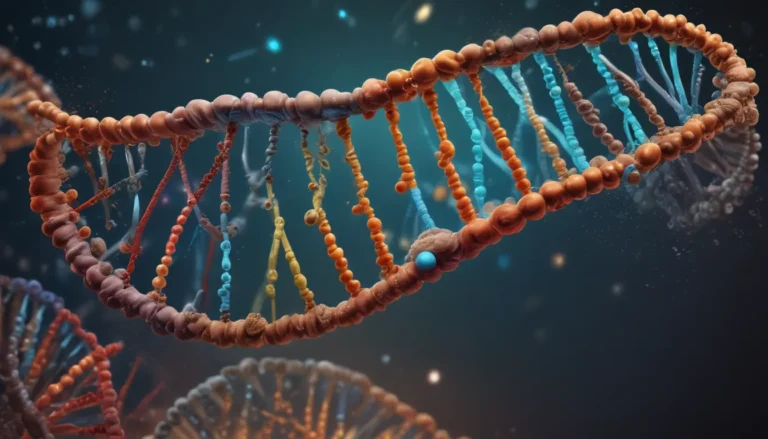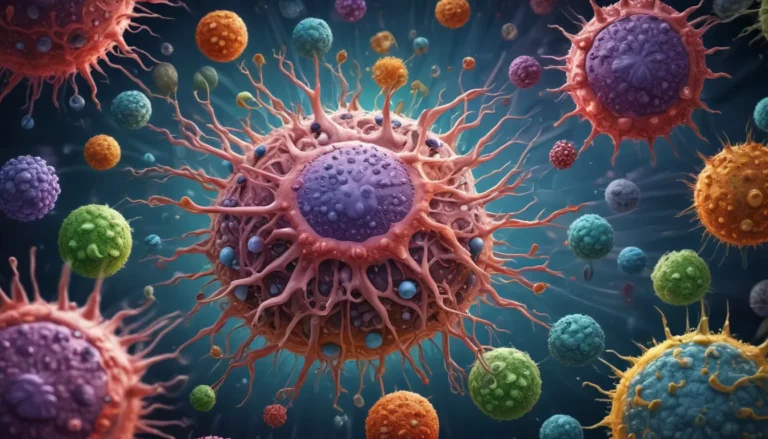A Note About Images: The images used in our articles are for illustration purposes only and may not exactly match the content. They are meant to engage readers, but the text should be relied upon for accurate information.
Have you ever stopped to ponder the magic that happens behind the scenes when you sip on your favorite glass of wine or beer? Alcohol fermentation, a natural process that has been woven into human culture for millennia, is an intricate dance of microorganisms, sugars, and flavors. Join us on a journey through the world of alcohol fermentation as we uncover 12 surprising facts that shed light on this age-old process. From the ancient origins of fermentation to the art of controlling flavors, prepare to be amazed by the wonders of this biochemical marvel.
Delving Into the World of Alcohol Fermentation
Alcohol fermentation is a natural metabolic process that occurs in various species of yeast and bacteria. It involves the conversion of sugars into ethanol and carbon dioxide, culminating in the creation of unique flavors and aromas that tantalize our taste buds.
Unveiling Ancient Origins
The roots of alcohol fermentation run deep in human history, with evidence of its practice dating back to ancient civilizations. The earliest known evidence of alcohol production harkens back to around 7000-6600 BCE in China, showcasing the longstanding relationship between humanity and fermentation.
Embracing Diversity in Microorganisms
While yeast reigns supreme as the primary microorganism responsible for alcohol fermentation, other bacteria and fungi also play a role in this transformative process. Each microorganism contributes its own set of flavors and characteristics, adding depth and complexity to the final product.
Unlocking the Power of Anaerobic Conditions
Alcohol fermentation thrives in the absence of oxygen, creating an environment known as anaerobic conditions. It is this oxygen-free setting that allows microorganisms to flourish and convert sugars into alcohol, paving the way for the creation of delightful beverages.
Embracing the Dance of Ethanol and Carbon Dioxide
As sugars are converted into alcohol during fermentation, another byproduct emerges—carbon dioxide. This dual process results in the characteristic bubbling seen in fermentation vessels, a visual testament to the magical transformation taking place within.
The Role of Temperature in Flavor Development
Temperature serves as a vital player in the symphony of alcohol fermentation, influencing the flavors that emerge in the final product. Different yeast strains have specific temperature preferences, highlighting the importance of meticulous temperature control during fermentation.
The Timeless Elegance of Fermentation Duration
The duration of alcohol fermentation is a multifaceted affair, shaped by factors such as microorganism type, temperature, and sugar content. From a mere few days to extended weeks or months, the timeline of fermentation varies, yielding diverse outcomes in beverages.
Embracing the Art of Controlled vs. Spontaneous Fermentation
While commercial producers opt for controlled fermentation to ensure consistency and quality, spontaneous fermentation embraces the wild side of microorganisms present in the environment. This spontaneous approach gives rise to unique flavors in beverages like lambic beers and natural wines, creating a symphony of tastes.
Beyond Alcohol: Exploring the World of Non-Alcoholic Fermentation
Alcohol fermentation stretches beyond the confines of intoxicating beverages, branching out into the realm of non-alcoholic treats like kombucha and kefir. In these instances, microorganisms work their magic to produce beneficial acids and compounds, offering a delightful alternative to alcohol-based drinks.
Unveiling the Tapestry of Flavors and Aromas
The flavors and aromas that grace our favorite beverages are a testament to the intricate dance of alcohol fermentation. Different yeast and bacteria strains bring forth a medley of flavor compounds, including esters, phenols, and fusel alcohols, infusing beverages with their unique characteristics.
Navigating the Perils of “Off” Flavors
In the realm of fermentation, improper environmental control can lead to the intrusion of unwanted microorganisms, resulting in the development of “off” flavors. To safeguard against this, meticulous sanitation and monitoring practices are pivotal in commercial brewing and winemaking.
The Endless Evolution of Post-Bottling Fermentation
Even after a beverage is bottled, the journey of alcohol fermentation continues at a slower pace. This ongoing process grants certain beverages, such as select wines, the opportunity to age and evolve, unveiling a tapestry of complex flavors over time.






